Home>Gardening & Outdoor>Landscaping Ideas>What Does Rolling Grass Do
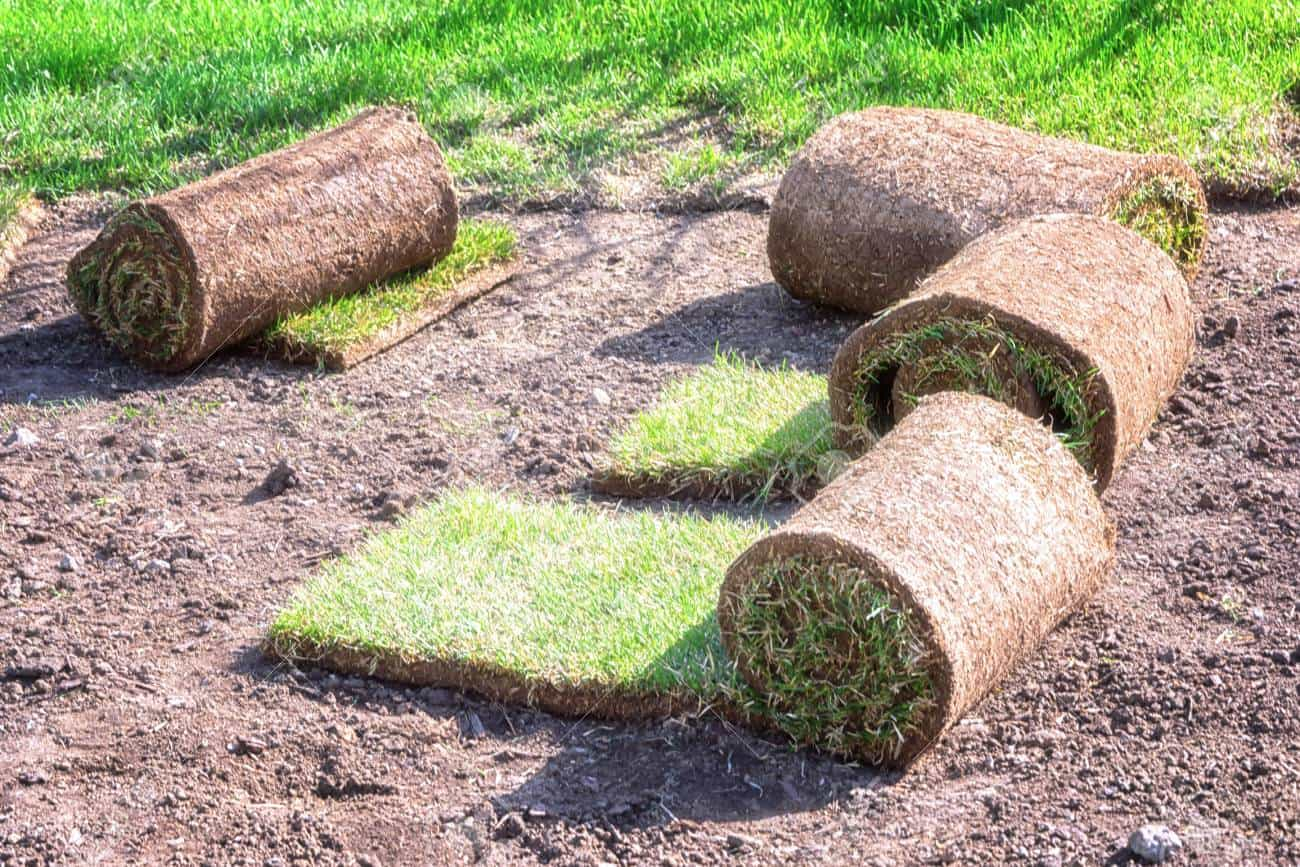

Landscaping Ideas
What Does Rolling Grass Do
Published: January 26, 2024
Discover the transformative impact of rolling grass in landscaping ideas. Enhance your outdoor space with this innovative technique.
(Many of the links in this article redirect to a specific reviewed product. Your purchase of these products through affiliate links helps to generate commission for Storables.com, at no extra cost. Learn more)
**
Introduction
**
Rolling grass, also known as the practice of mowing grass in a specific pattern to create visual interest and texture, has been a time-honored tradition in landscaping. This technique not only adds aesthetic appeal to lawns and fields but also holds significant ecological and cultural value. The rhythmic undulations and patterns formed by rolling grass can transform a mundane landscape into a captivating tapestry of natural artistry. In this article, we will delve into the multifaceted aspects of rolling grass, exploring its definition, ecological importance, cultural significance, and the best practices for its management and conservation. Whether you are a landscaping enthusiast, a nature lover, or simply intrigued by the art of shaping green spaces, the world of rolling grass is sure to captivate your imagination.
Key Takeaways:
- Rolling grass isn’t just about pretty patterns; it helps grass grow healthier, supports wildlife, and makes the environment more resilient. It’s like giving nature a stylish makeover while keeping it strong and vibrant!
- Rolling grass is not just a cool design trick; it’s a cultural tradition that celebrates nature’s beauty. It’s like creating living art that brings people closer to the natural world and adds a touch of creativity to outdoor spaces!
Read more: What Does Sweetgrass Do
Definition of Rolling Grass
Rolling grass, also referred to as lawn striping or pattern mowing, is the technique of creating alternating light and dark stripes or patterns in a lawn or grassy area. This is achieved by bending the grass blades in different directions as they are mowed, resulting in a visually striking contrast between the light-reflecting grass blades bent away from the viewer and the darker blades bent towards the viewer. The process typically involves using a lawn roller or striping kit attached to a mower to flatten the grass in specific directions, creating the desired visual effect.
While the primary purpose of rolling grass is to enhance the aesthetic appeal of lawns, sports fields, and golf courses, it also serves practical functions such as improving the overall health of the turf. By bending the grass blades in different directions, rolling grass can promote upright growth and reduce the risk of matting, which can occur when the grass blades all lean in one direction. This technique is often employed to create intricate patterns, such as checkerboards, diamonds, or even logos, adding a touch of artistry to outdoor spaces.
Rolling grass has gained popularity not only for its visual impact but also for its role in promoting a sense of order and symmetry in the landscape. The technique allows landscapers and groundskeepers to showcase their creativity and attention to detail, turning ordinary grassy areas into visually captivating expanses. Whether it’s a meticulously striped lawn or an elaborate pattern mowed into a sports field, rolling grass has become a hallmark of meticulous lawn care and landscaping expertise.
Ecological Importance
While the aesthetic appeal of rolling grass is undeniable, its ecological importance should not be overlooked. The practice of rolling grass can have several positive impacts on the environment, contributing to the overall health and biodiversity of grassy ecosystems.
One of the key ecological benefits of rolling grass lies in its ability to promote healthy turf growth. By mowing in consistent patterns and alternating the direction of the grass blades, this technique encourages upright growth and prevents the grass from developing a grain, where all the blades lean in the same direction. This helps to maintain a balanced and resilient turf, which in turn supports a diverse community of plant and animal species.
Furthermore, the visual effects created by rolling grass can mimic natural patterns found in grasslands and meadows. These patterns, reminiscent of the undulating landscapes of natural habitats, can attract a variety of wildlife, including insects, birds, and small mammals. The alternating light and dark stripes created by rolling grass can provide camouflage for ground-nesting birds and other wildlife, offering them protection from potential predators.
Additionally, the improved health of the grass resulting from rolling can enhance the soil structure and nutrient cycling in the ecosystem. Healthy turf with upright growth is better equipped to capture and store carbon dioxide, a crucial factor in mitigating climate change. Moreover, the increased biodiversity supported by well-maintained grassy areas can contribute to the overall resilience of the ecosystem, making it more resistant to environmental stressors and disturbances.
Overall, the ecological importance of rolling grass extends beyond its visual appeal, playing a role in fostering healthy and vibrant grassland ecosystems. By promoting upright growth, supporting biodiversity, and enhancing soil health, the practice of rolling grass contributes to the conservation and sustainability of grassy landscapes, benefiting both the environment and the organisms that depend on these habitats.
Rolling grass helps to compact the soil and remove air pockets, promoting better seed-to-soil contact for new grass seed. This can help improve germination and overall lawn health.
Cultural Significance
Beyond its ecological and aesthetic value, rolling grass holds cultural significance in various societies around the world. The practice of creating visually appealing patterns in grassy areas has been intertwined with cultural traditions, art forms, and recreational activities, enriching the human experience in diverse ways.
In many cultures, the art of pattern mowing has been embraced as a form of creative expression and a means of celebrating the beauty of nature. Whether it’s the intricate geometric designs adorning Japanese gardens or the meticulously striped lawns of English estates, the artistry of rolling grass reflects a deep appreciation for the natural world and the desire to harmonize human landscapes with the rhythms of the environment.
Furthermore, rolling grass has become a hallmark of professional sports fields, golf courses, and public parks, where meticulously manicured turf serves as a canvas for both athletic competitions and leisure activities. The crisp, well-defined patterns created by rolling grass not only enhance the visual appeal of these spaces but also contribute to the sense of order and grandeur associated with sporting events and outdoor recreation.
Moreover, rolling grass has found its way into the realm of competitive lawn care and landscaping, where individuals and teams showcase their skills in creating elaborate and precise patterns in grassy areas. Lawn striping competitions and exhibitions attract enthusiasts and professionals who take pride in their ability to transform ordinary lawns into captivating works of art, often incorporating creative designs and intricate motifs.
Additionally, the cultural significance of rolling grass extends to the realm of leisure and relaxation. Many homeowners and garden enthusiasts take pleasure in creating visually striking patterns in their own lawns, using lawn mowing as a creative outlet and a source of personal satisfaction. The act of pattern mowing can be a meditative and fulfilling endeavor, allowing individuals to connect with nature while expressing their artistic inclinations.
Overall, the cultural significance of rolling grass transcends geographical and social boundaries, weaving together art, recreation, and the appreciation of nature. Whether as a form of artistic expression, a symbol of prestige and order, or a source of personal enjoyment, the practice of rolling grass enriches our cultural landscape and fosters a deeper connection to the natural world.
Management and Conservation
Effective management and conservation practices play a crucial role in preserving the visual appeal and ecological benefits of rolling grass while ensuring the long-term sustainability of grassy landscapes. By adopting thoughtful approaches to maintenance and conservation, land managers, homeowners, and groundskeepers can uphold the integrity of rolling grass and its associated ecosystems.
One fundamental aspect of managing rolling grass is the proper maintenance of mowing equipment. Regular maintenance and blade sharpening are essential to ensure clean and precise cuts, which contribute to the quality of the patterns and the overall health of the grass. Additionally, the use of striping kits or rollers should be carefully calibrated to avoid excessive compaction of the soil, which can negatively impact turf health and drainage.
Furthermore, it is important to consider the timing and frequency of mowing to support the resilience of the grass and the surrounding ecosystem. By adhering to recommended mowing heights and intervals, such as the one-third rule, which advises removing no more than one-third of the grass blade length at a time, the turf can maintain its vigor and withstand environmental stressors more effectively.
Conservation efforts related to rolling grass encompass the preservation of biodiversity and the promotion of sustainable land management practices. This may involve leaving designated areas of grassland unmowed to support native plant species and wildlife habitats. Creating a mosaic of mowed and unmowed areas can enhance the ecological diversity of the landscape, providing food and shelter for a wide range of organisms.
Moreover, the integration of environmentally friendly lawn care practices, such as the use of organic fertilizers and natural pest control methods, can contribute to the overall health of the grass and minimize the ecological footprint of maintenance activities. By reducing the reliance on synthetic chemicals and promoting soil health, these practices support the resilience of grassy ecosystems and contribute to a more sustainable approach to rolling grass management.
Education and outreach efforts aimed at homeowners, landscapers, and grounds maintenance personnel can also play a pivotal role in promoting responsible rolling grass management and conservation. By raising awareness about the ecological benefits of rolling grass and providing guidance on best management practices, these initiatives can empower individuals and communities to become stewards of healthy and vibrant grassy landscapes.
In summary, effective management and conservation practices are essential for preserving the artistry and ecological integrity of rolling grass. By prioritizing proper equipment maintenance, mindful mowing practices, biodiversity conservation, and sustainable land management, stakeholders can uphold the beauty and ecological value of rolling grass while fostering resilient and thriving grassland ecosystems.
Read more: What Does Seagrass Do
Conclusion
The art of rolling grass transcends mere aesthetics, encompassing ecological, cultural, and practical dimensions that enrich our landscapes and human experiences. From the meticulously patterned lawns of grand estates to the recreational fields adorned with vibrant stripes, rolling grass has become a symbol of artistry, order, and harmony in outdoor spaces.
Ecologically, rolling grass contributes to the health and resilience of grassy ecosystems, promoting upright growth, supporting biodiversity, and enhancing soil health. The visual effects created by rolling grass can mimic natural patterns found in the wild, attracting a diverse array of wildlife and contributing to the overall sustainability of grassland habitats.
Culturally, rolling grass is intertwined with traditions of artistic expression, sportsmanship, and leisure. Whether as a form of creative landscaping, a symbol of prestige in sports arenas, or a source of personal enjoyment for homeowners, the practice of rolling grass reflects our deep connection to the natural world and our desire to harmonize human landscapes with the rhythms of nature.
Effective management and conservation practices are essential for preserving the integrity of rolling grass and its associated ecosystems. By prioritizing proper equipment maintenance, mindful mowing practices, biodiversity conservation, and sustainable land management, stakeholders can uphold the beauty and ecological value of rolling grass while fostering resilient and thriving grassy landscapes.
As we continue to appreciate the artistry and ecological significance of rolling grass, let us also embrace our role as stewards of the landscapes we inhabit. By nurturing healthy and vibrant grassy ecosystems, we can ensure that the tradition of rolling grass endures as a testament to the enduring bond between humanity and the natural world.
Whether gazing upon a meticulously striped lawn or reveling in the intricate patterns adorning a sports field, let us find inspiration in the art of rolling grass, where human creativity and the beauty of nature converge in a timeless dance of form and function.
Frequently Asked Questions about What Does Rolling Grass Do
Was this page helpful?
At Storables.com, we guarantee accurate and reliable information. Our content, validated by Expert Board Contributors, is crafted following stringent Editorial Policies. We're committed to providing you with well-researched, expert-backed insights for all your informational needs.
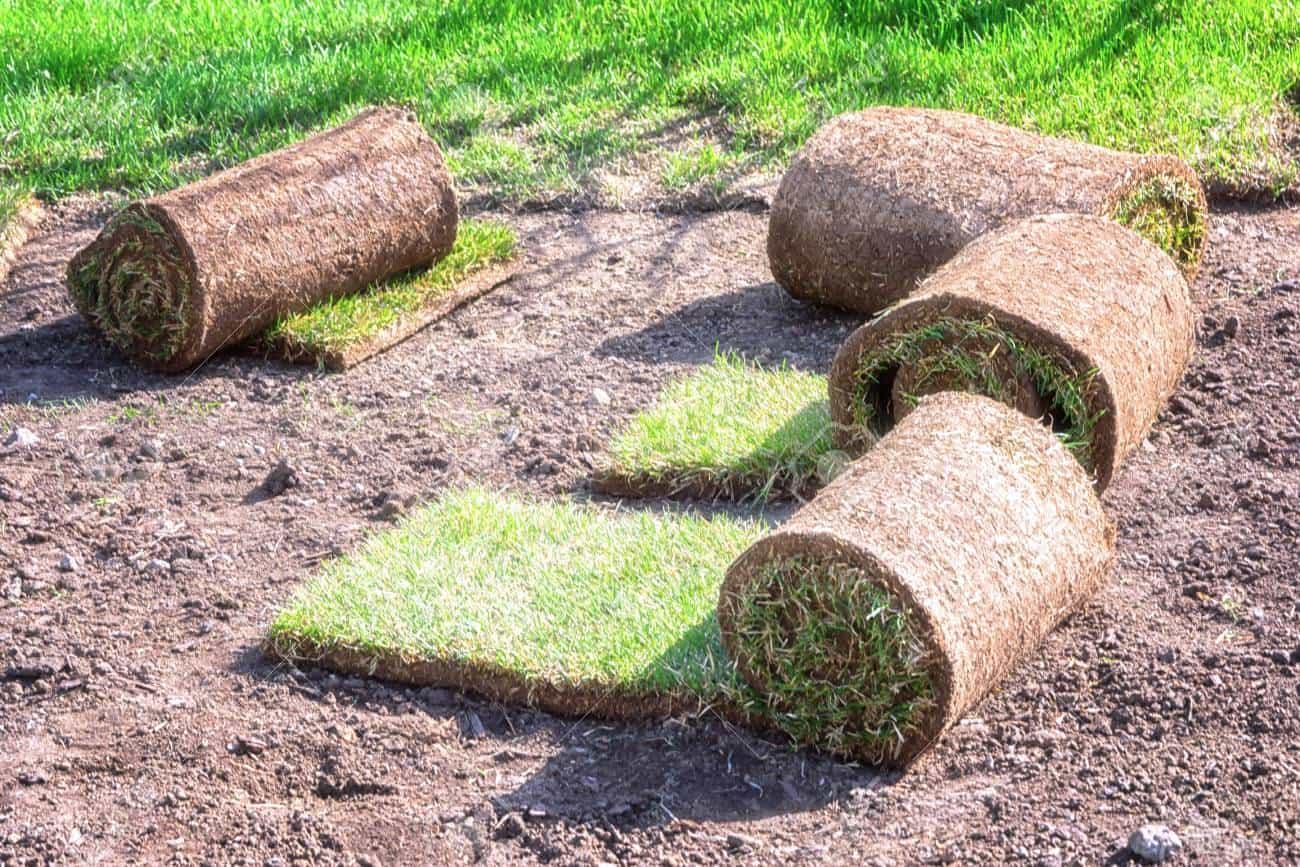


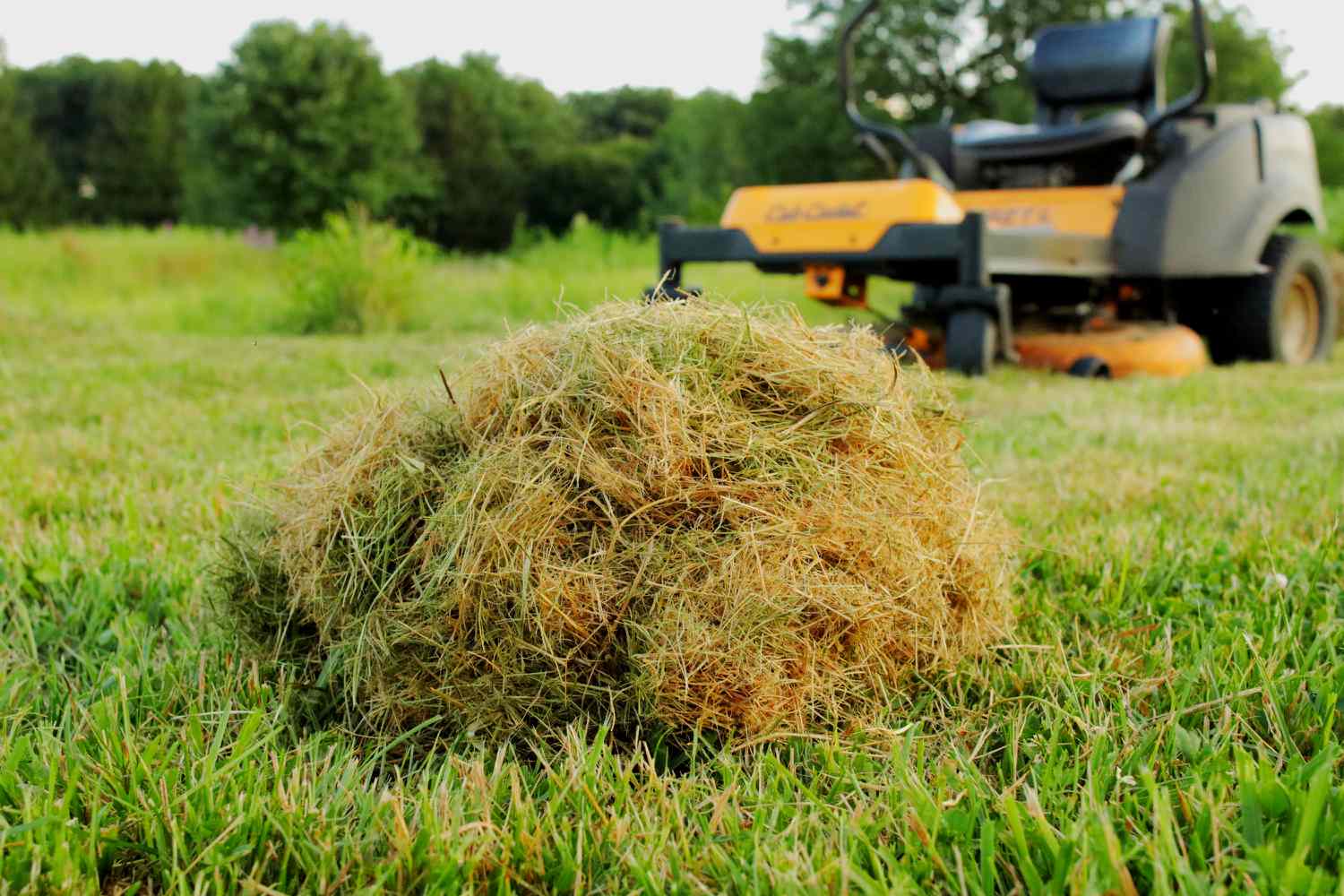
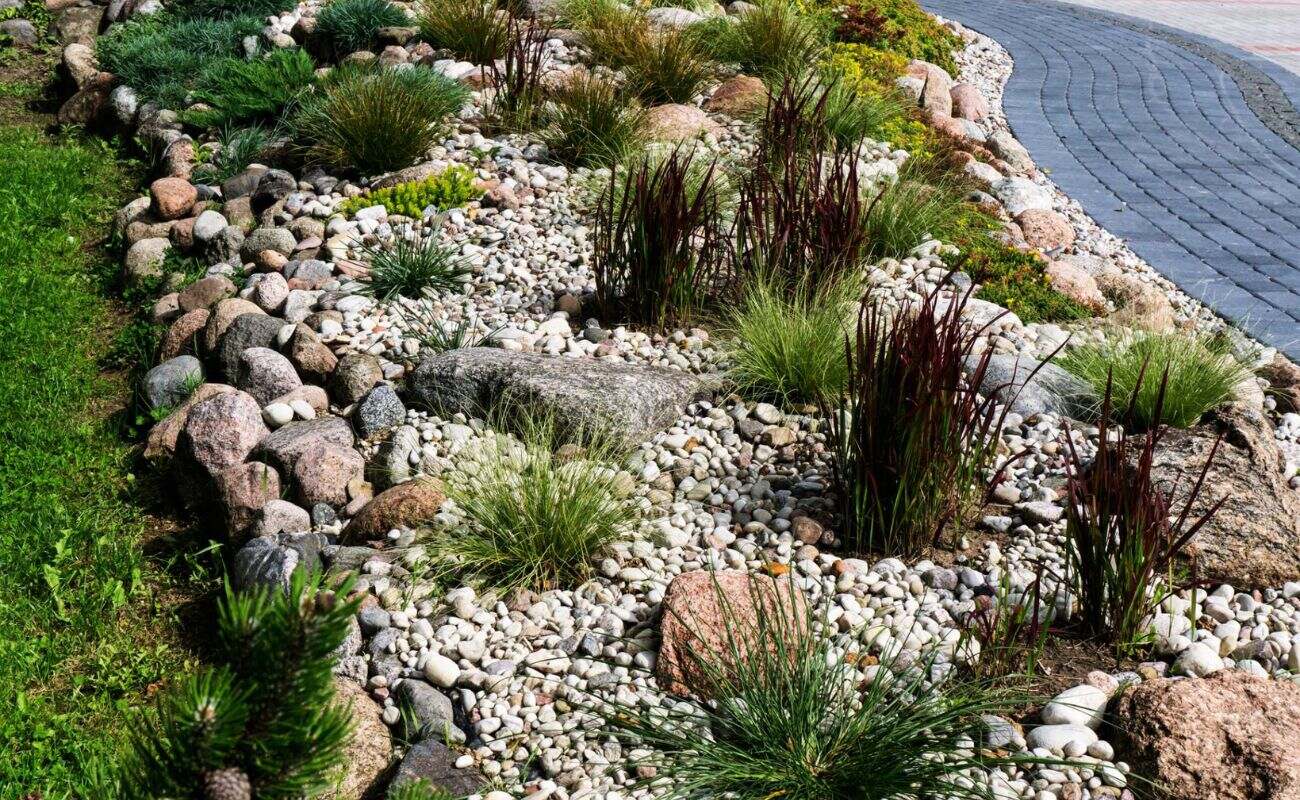
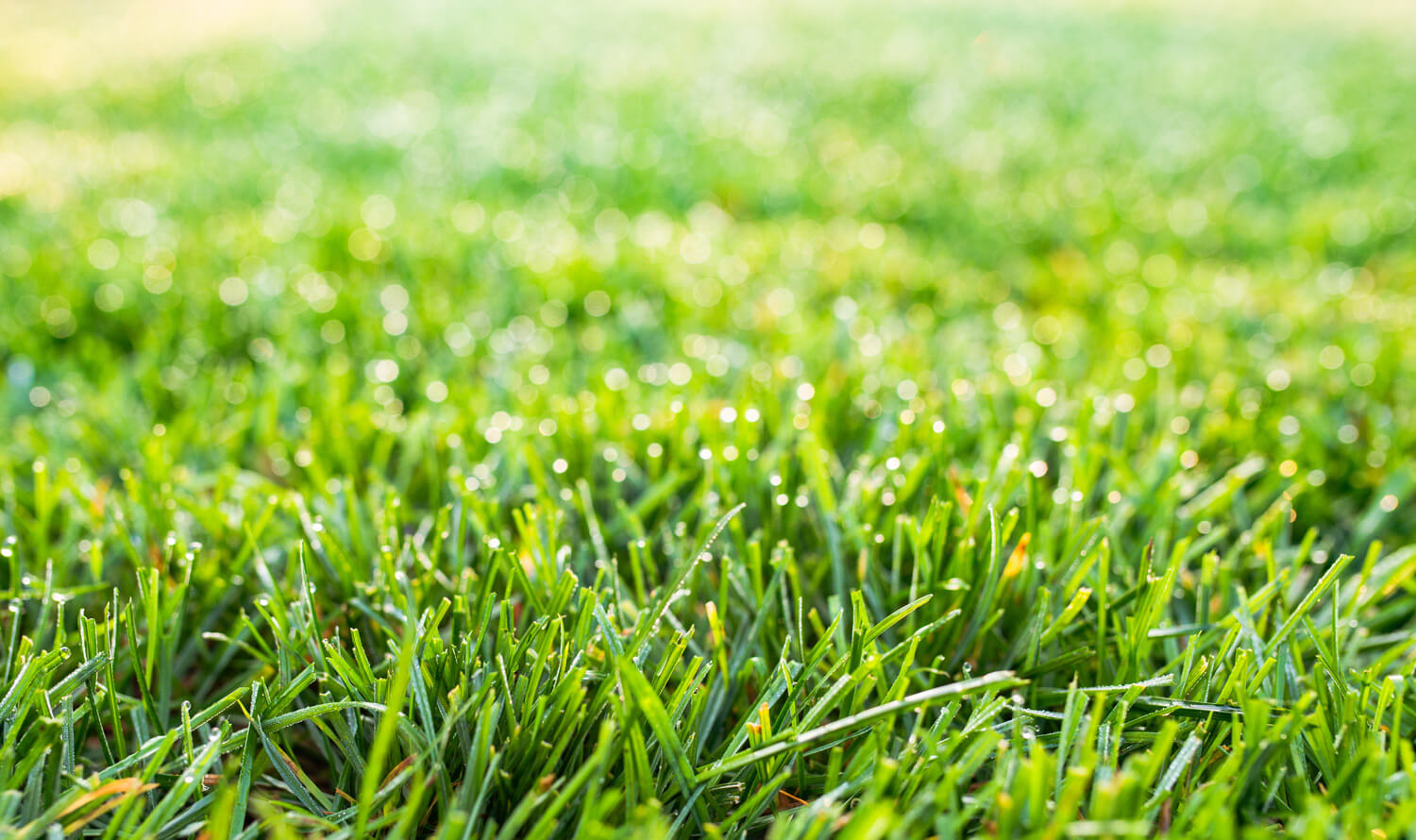
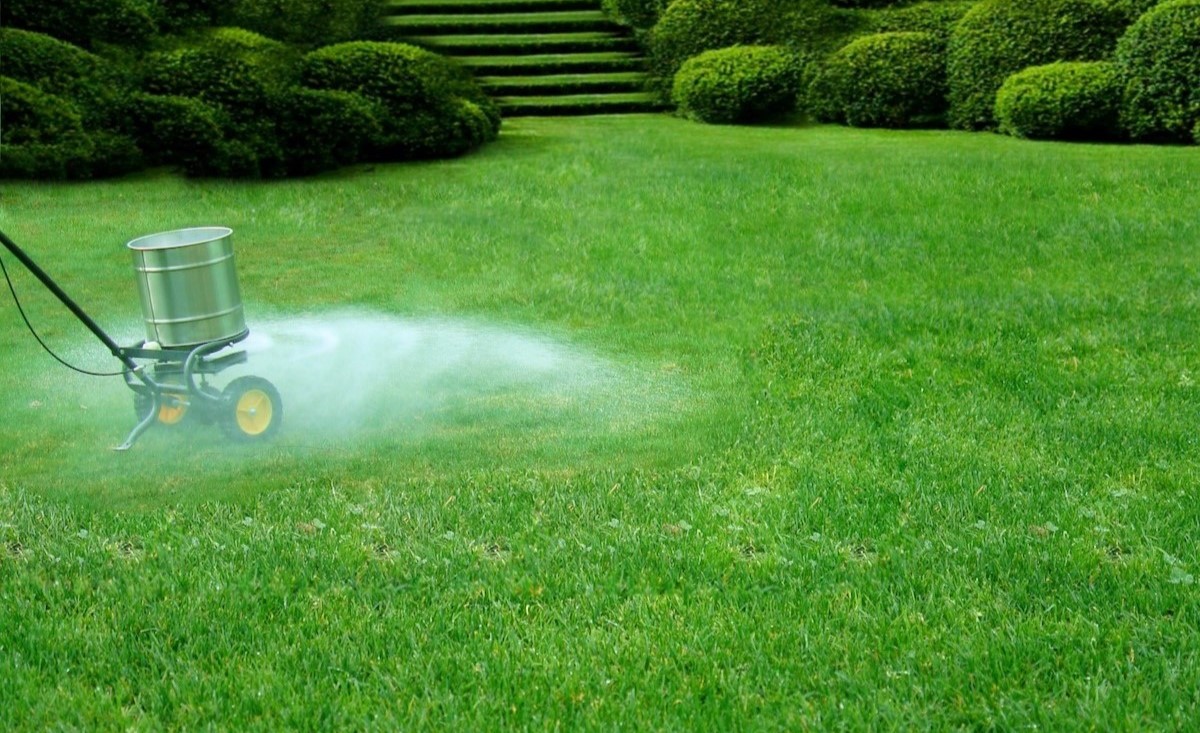

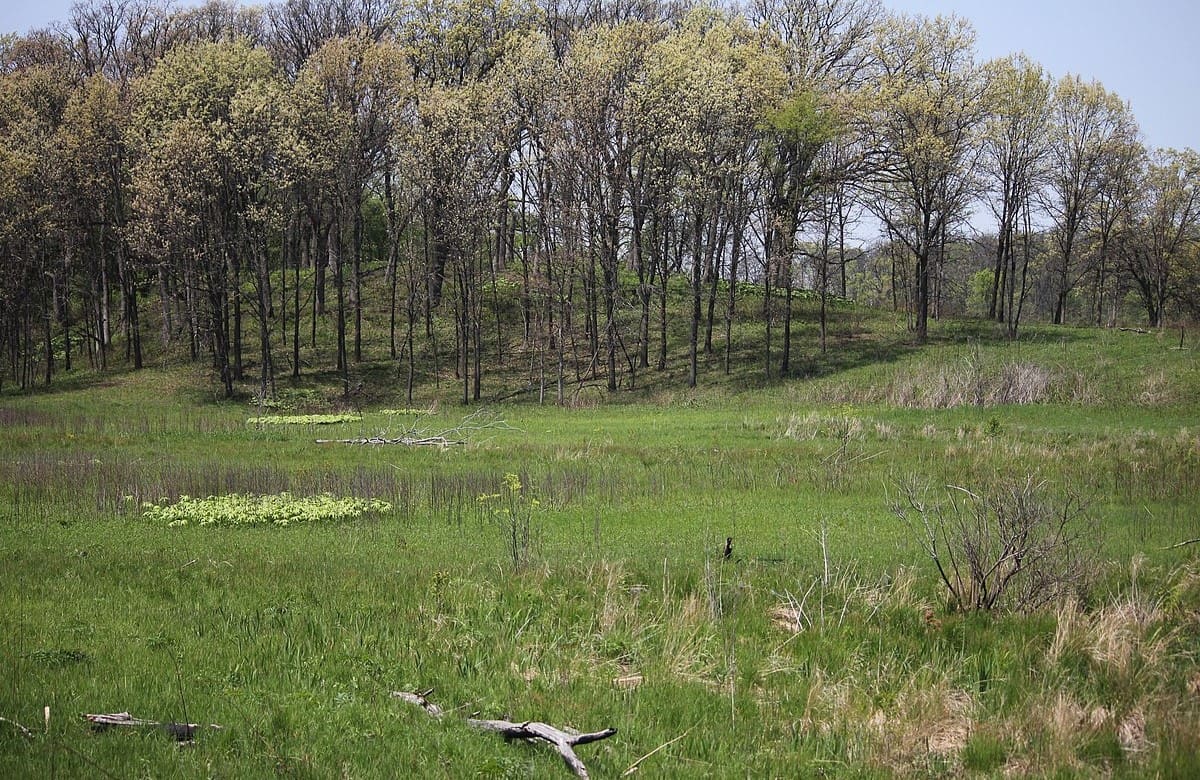
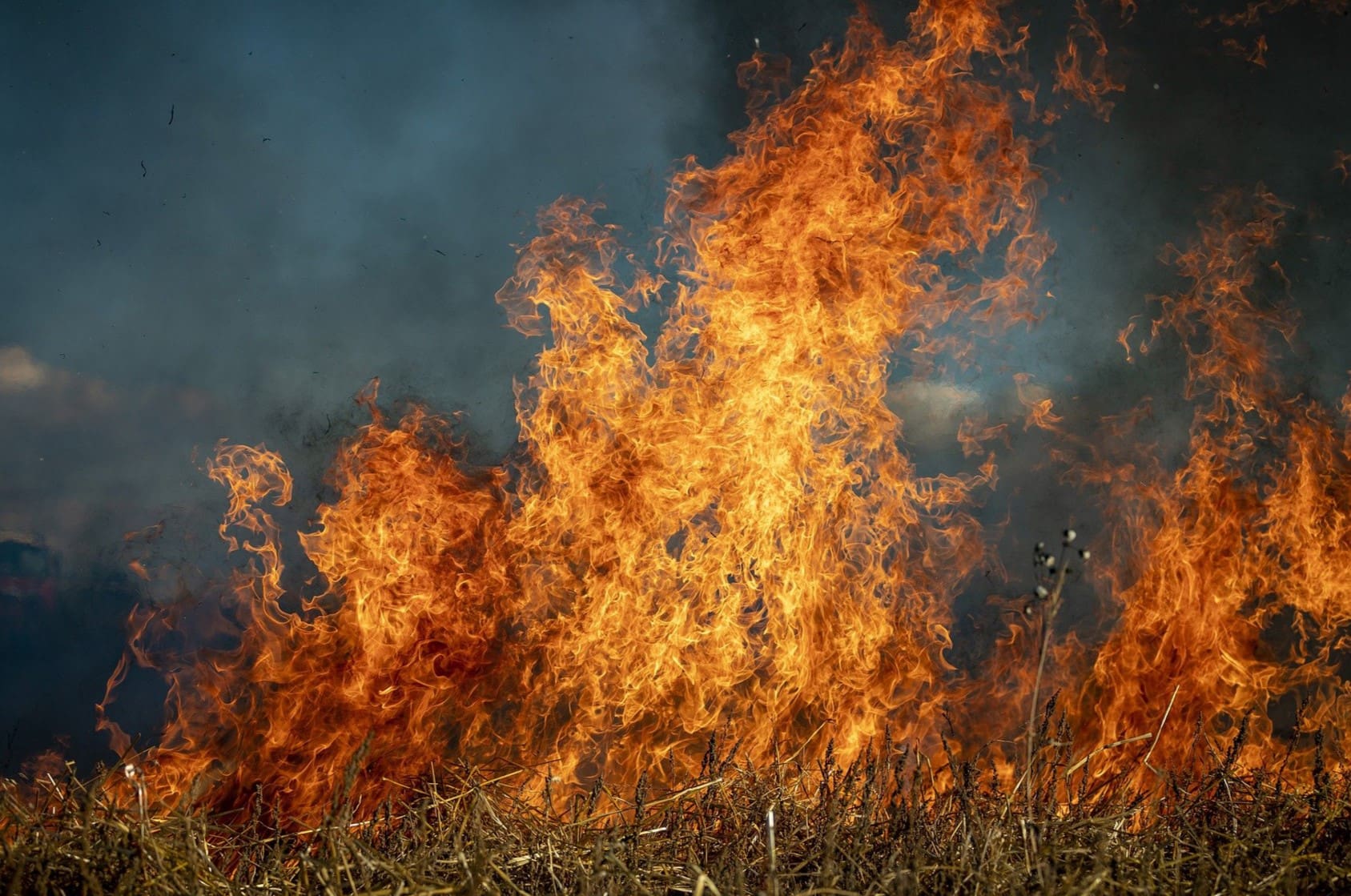
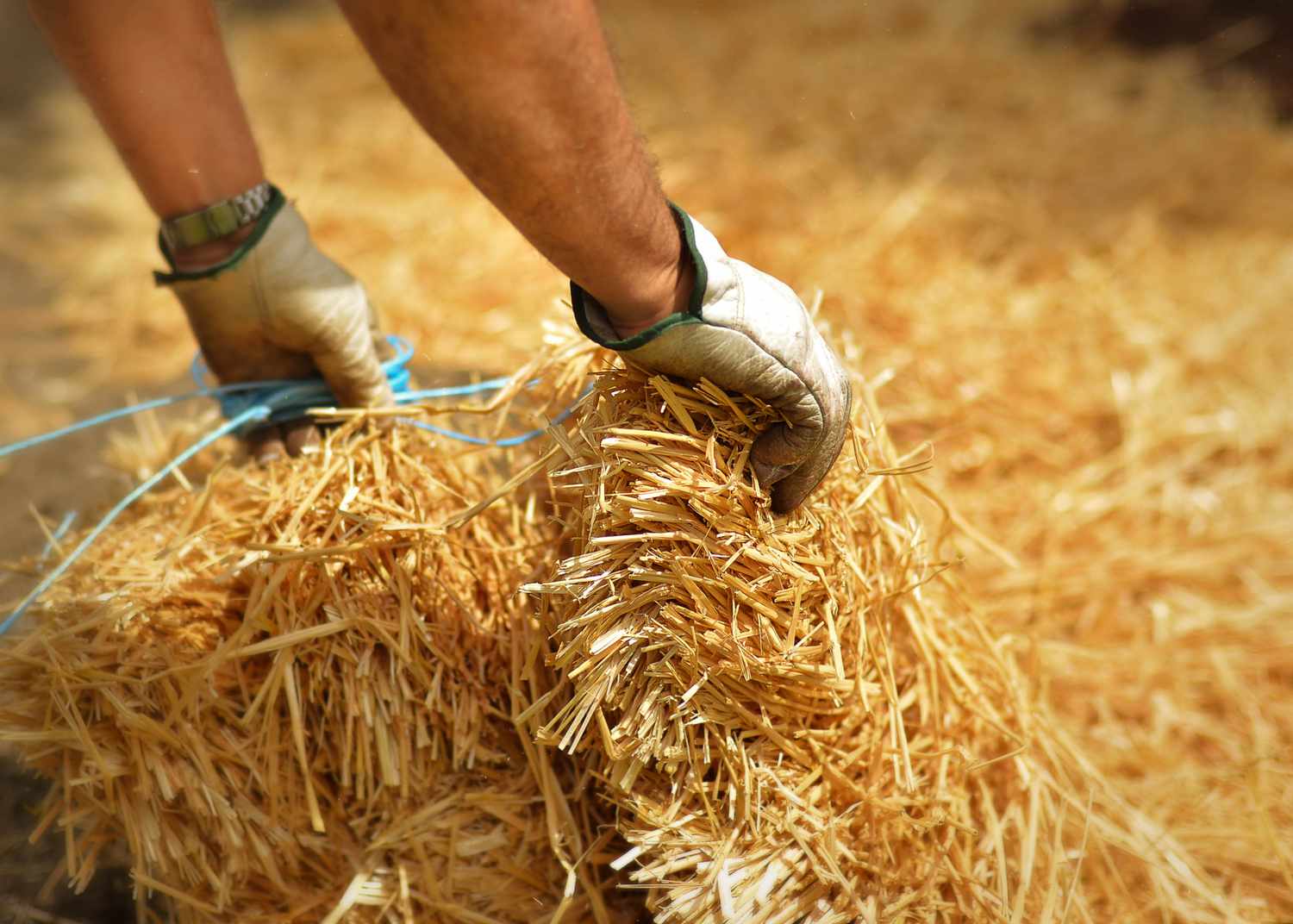

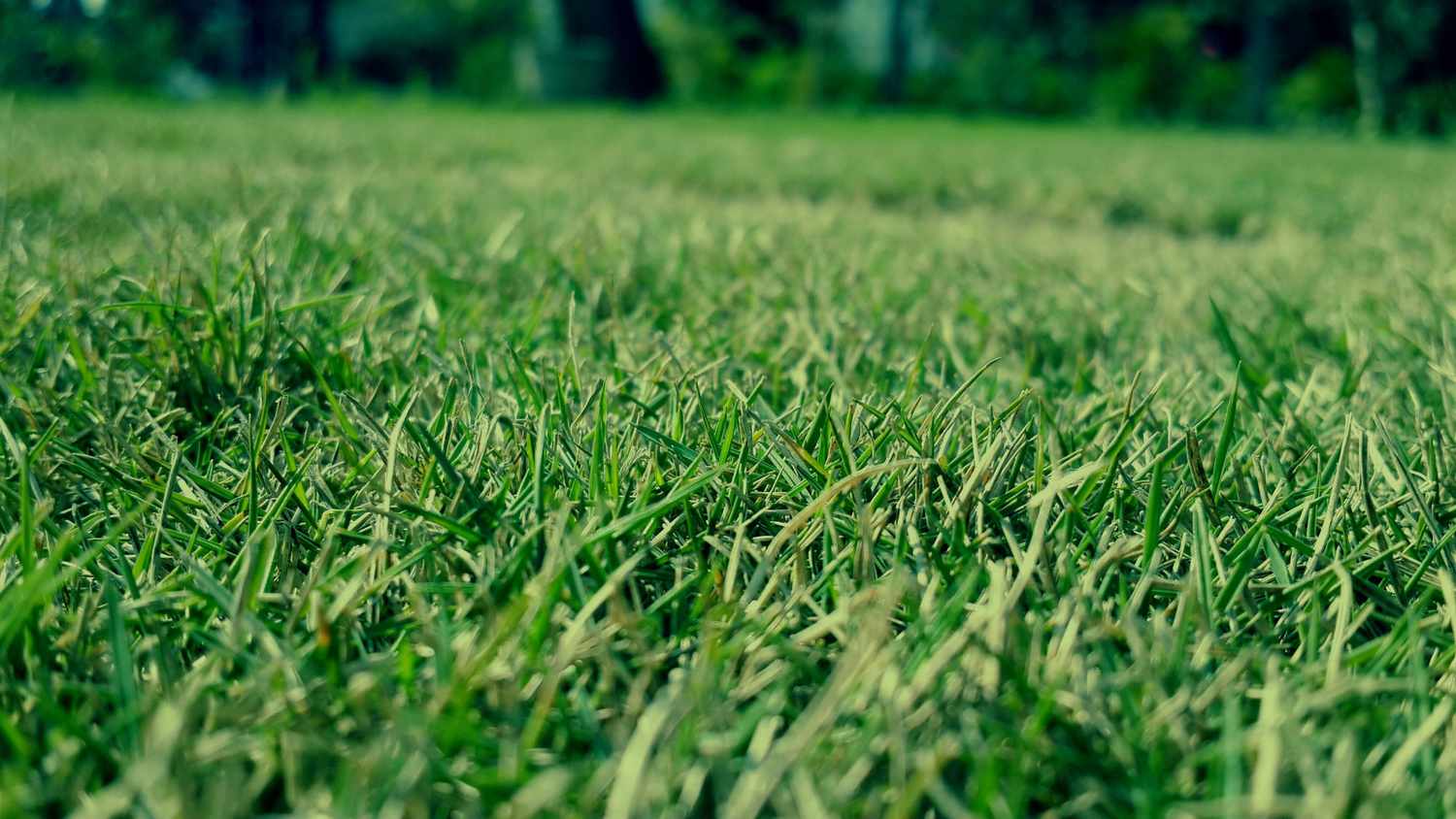


0 thoughts on “What Does Rolling Grass Do”